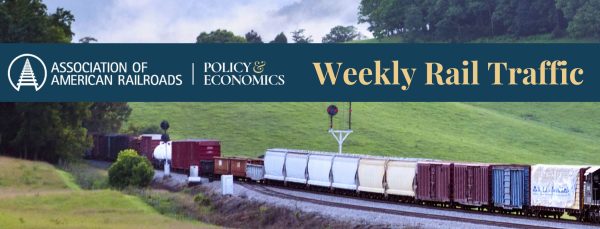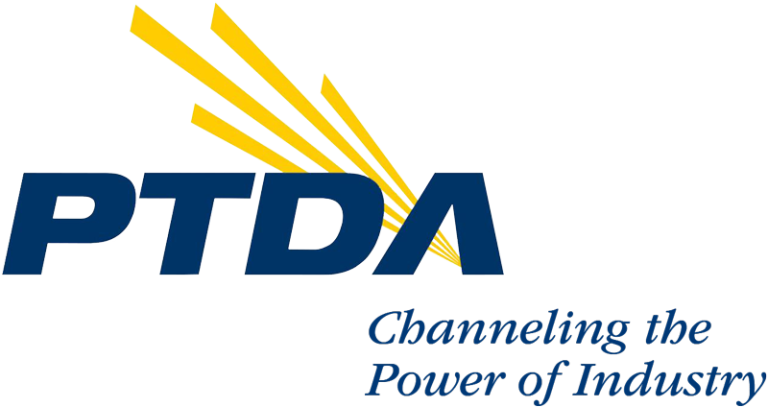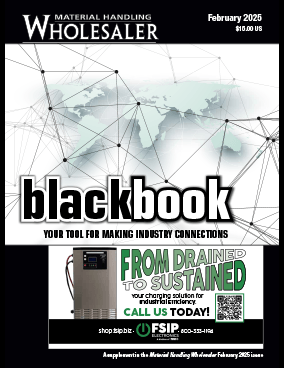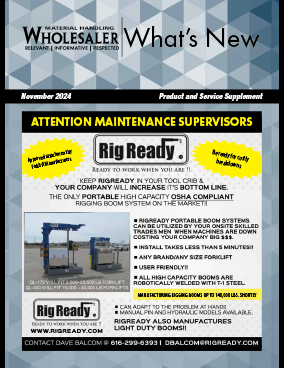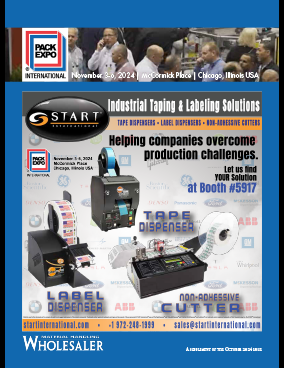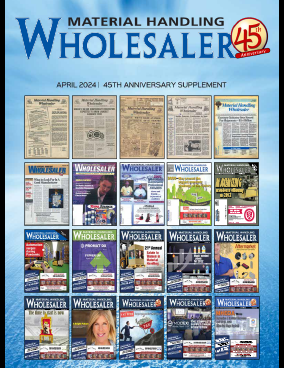This memo provides background and key context for reporters covering the debate over AAR’s waiver petition. With this request, railroads are seeking to incorporate an integrated track inspection regime that strategically combines Automated Track Inspection (ATI) — a rail safety technology — with visual inspections to facilitate more proactive maintenance practices that improve public safety and ensure more efficient railroad operations that better serve the railroads’ customers. With mischaracterizations circulating in the public debate, it’s important to understand what ATI is, how it enhances safety, and what the rail industry is proposing.
Railroads are the safest mode of ground transportation and continue to invest in both mature and promising technologies to drive even stronger safety outcomes today and in the future. One of the proven tools railroads are working to more broadly deploy is ATI, also known as Track Geometry Measurement Systems (TGMS). ATI systems are not new. They have been part of the Federal Railroad Administration’s (FRA) safety toolkit for more than three decades. There is a broad consensus within the railroad industry that using ATI improves safety.
Railroads are not seeking to replace visual inspections. Rather, carriers aim to integrate ATI with manual inspections in a way that puts inspectors and technology where they’re most effective — a modern, data-driven approach designed to catch more issues sooner and further reduce risk.
ATI Proven to Enhance Safety:
- Using lasers and cameras mounted to locomotives or rail cars, ATI inspects track at speed as trains move across the network. This enables railroads to:
- Identify defects invisible to the human eye.
- Assess track structural performance under the load of a train, which manual inspections cannot replicate.
- Gather data that can be analyzed for patterns or warning signs to develop a more predictive model for addressing track maintenance.
Results from pilot programs speak volumes:
- One test showed ATI identified 200 times more defects than visual inspections.
- Another demonstrated a 90%+ reduction in unprotected FRA mainline defects when ATI was employed.
Did you know? Regulations related to visual track inspections have remained unchanged since 1971.
A Path Forward: AAR’s ATI Petition
In April, the Association of American Railroads petitioned FRA to implement a blended approach to ATI systems and visual inspections. This request aims to enhance early detection and enable preventive maintenance. Once the petition is approved, railroads will be required to meet certain predetermined monthly track safety performance thresholds in order to use (or continue to use) the waiver.
If granted, the waiver would:
- Speed up and Expand Safety Inspections: By attaching ATI systems to locomotives or boxcars, railroads can inspect hundreds of thousands of track miles per year, offering greater inspection accuracy and consistency while also enabling more timely maintenance and effective capital planning.
- Enhanced Worker Safety: ATI technology reduces inspectors’ exposure to risk along railroad right-of-way. Visual inspections are done by walking on and around the track or by hi-rail vehicles. FRA data shows that slip and fall incidents are the highest source of employee injury. Hi-rail vehicles operations, particularly near highway-rail grade crossings, also pose significant hazards. Integrating ATI into train movements enables railroads to meet inspection mandates while also lowering risk to inspectors.
- Greater Efficiency & Network Capacity: Blended use of ATI with visual inspections reduces the need to halt or slow down train traffic to fulfill frequent visual inspections, helping keep freight moving, protecting road users, and supporting our economy. Moreover, early detection and predictive modeling allow railroads to proactively schedule repairs before track defects arise, thereby limiting service disruptions.
Remedial Action:
Under current FRA regulations, immediate remedial action is not required when Automated Track Inspection (ATI) identifies a defect on higher-speed track. Instead, the regulations mandate that railroads verify and address multi-class defects within two calendar days of detection.
AAR has proposed a more stringent approach, requiring that serious defects be remediated within 48 hours of detection. This would accelerate the response timeline compared to the existing regulation. For instance, if a defect is detected on a Monday morning, the current rules allow remediation by midnight Wednesday. In contrast, AAR’s proposal would move the deadline to Wednesday morning—effectively shortening the window by several hours.
It is also important to note that when the FRA conducts inspections using its own track geometry vehicles, the delay between defect detection and railroad notification can often exceed the two-day threshold currently allowed for remediation.
Shared Goals and Responsibility:
Railroads and policymakers all want the same thing: reduced risk and safer tracks. ATI is a tested, proven tool that builds on our commitment to improve safety outcomes. By granting AAR’s waiver request, FRA can take another step forward in protecting employees and rail-served communities.
Additional Resources

